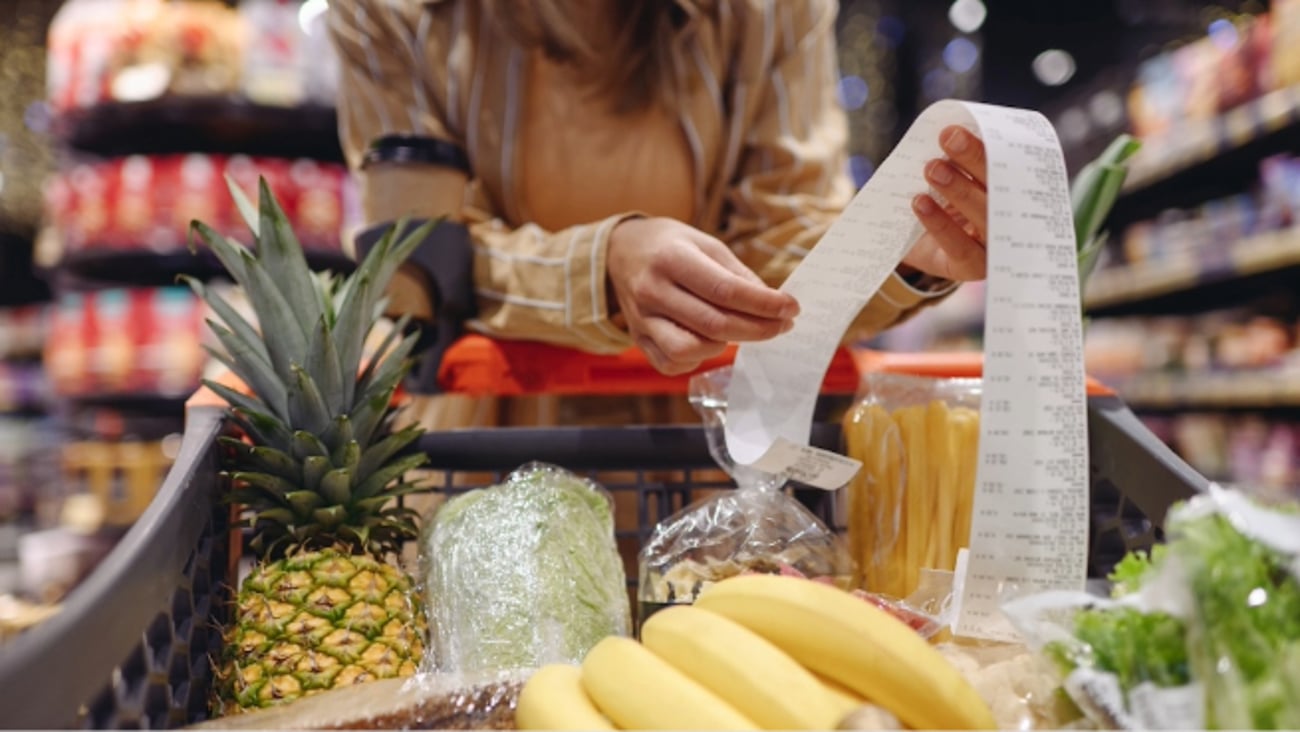Dissecting the cashless food economy
Our food transactions are becoming more digitalized. According to a recent survey by Payments Canada, 42% of consumers use cash fewer than four times a month when purchasing food. A year ago, it was only 20%.
There has been a lot of talk about Amazon Go’s cashierless model in the United States, which will come to Canada at some point. However, little attention has been given to how a cashless world could affect how we shop for food in the future.
More and more consumers going cashless and the industry is playing along. This doesn’t sit well with everyone, though. San Francisco lawmakers are now considering a proposal to ban cashless stores. New Jersey and Philadelphia are considering similar bans. Ban supporters argue that cashless stores discriminate against low-income shoppers who may not have a bank account or bank card. Close to a million Canadian adults are unbanked and have no credit or debit cards. Many of them are single mothers. These arguments can hardly be overlooked, especially when food is involved. The pressure was so intense for Amazon that it had started accepting cash at one of its New York City locations. The company also intends to pilot a program called Amazon Cash that allows shoppers to add cash to a digital account. Given this narrative, the food retail industry going cashless will be a process aimed at making it a more inclusive experience for all.
In food service though, the cashless agenda is very different. Some argue that digitizing food transactions is allowing food service companies to inconspicuously increase food prices. If the price of a cup of coffee was raised by 5 or 10 cents, it is easily noticeable when you visually see your money before paying the cashier. Now, though, you’re just a tap or a swipe away from that coffee. No paper, no coins, no visuals. When it takes less time to pay, a business will likely increase its sales, and since these shoppers don’t see money physically leaving their wallets, the focus is more on satisfaction and experience while prices go up. As such, shoppers are likely to spend more. Furthermore, when transactions are part of a daily routine and need to be quick, a moneyless world can make a difference when managing margins and can boost profits. Recent studies in behavioural economics suggest that such a theory is not only academic, it works.
Managing cash can be quite costly. On average, a cashier can spend anywhere between 40 to 80 minutes per shift handling and counting cash. Some managers can spend nearly 20 hours each week validating the work of others and dealing with the bank. The economic case for a cashless food economy is quite strong. It does make the system more efficient and convenient for the consumers, plus a cashless economy is also less prone to theft and human error.
Convenience of payment is becoming a huge factor online. According to the same survey from Payments Canada, 73% of Canadians will choose a food-purchasing website based on what method of payment is available. Shoppers are increasingly considering how they can exit their experience before even looking for what products they will be buying. Psychologically, it is a totally different game as an increasing number of shoppers are driven by transactional convenience rather than what they intend to buy.
Though the cashless movement is primarily urban and confined, the food service industry, a growing number of businesses in Canada are turning a cold shoulder to cash. Grocers and restaurants will continue to offer options and will accept cash, but we should expect things to change. The adage suggests that cash is king, and although that remains true for now, cash may leave its throne in the not-so-distant future.




